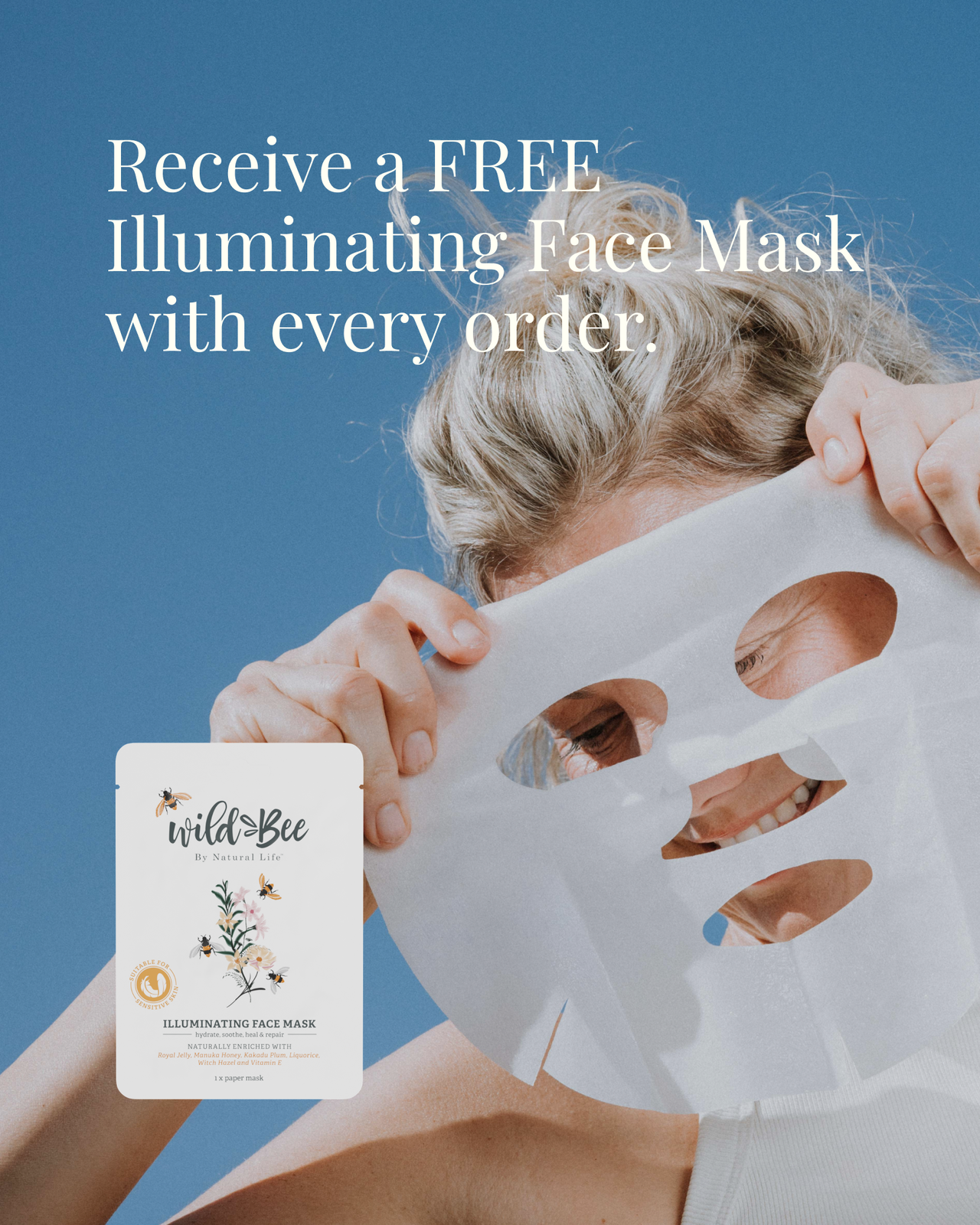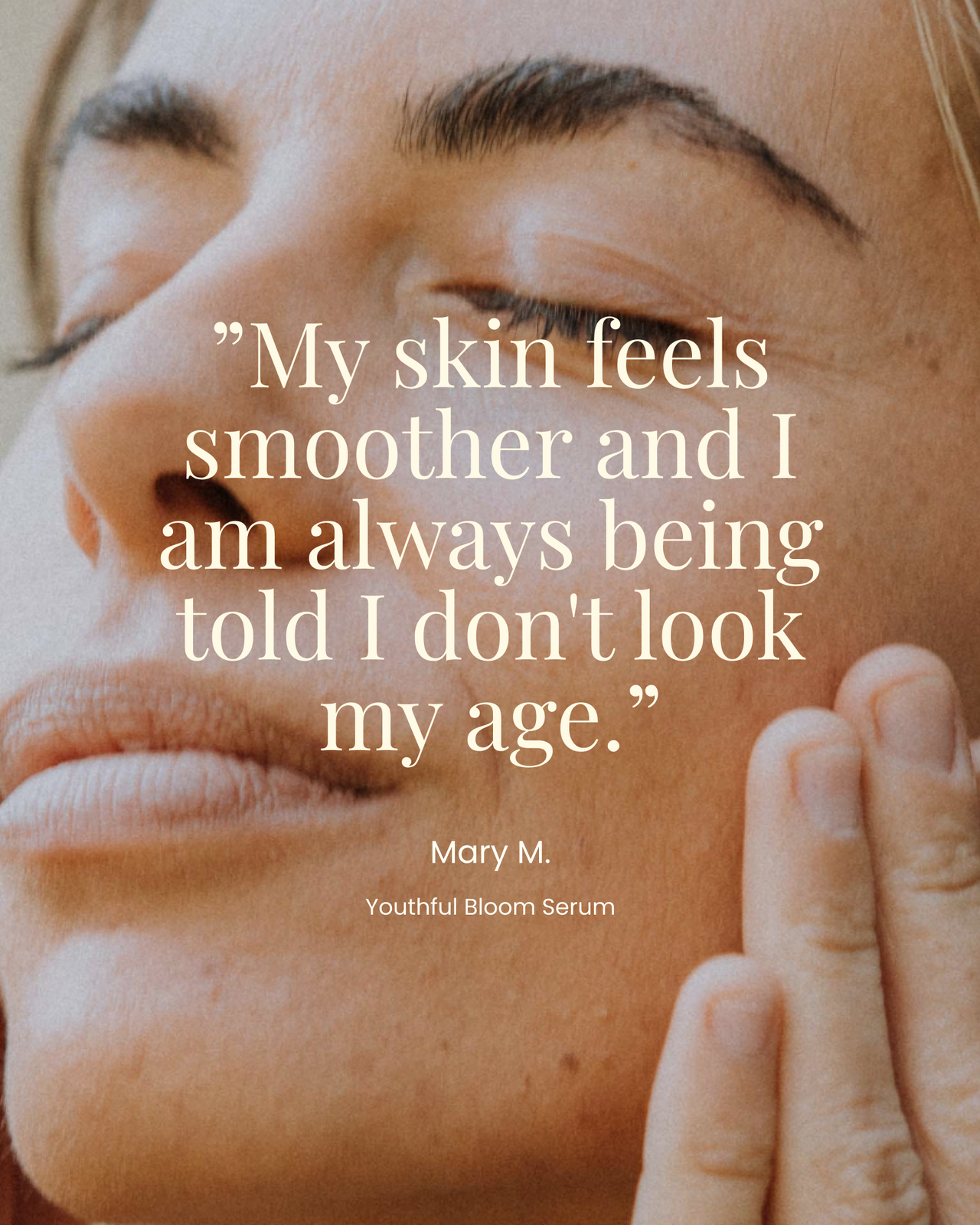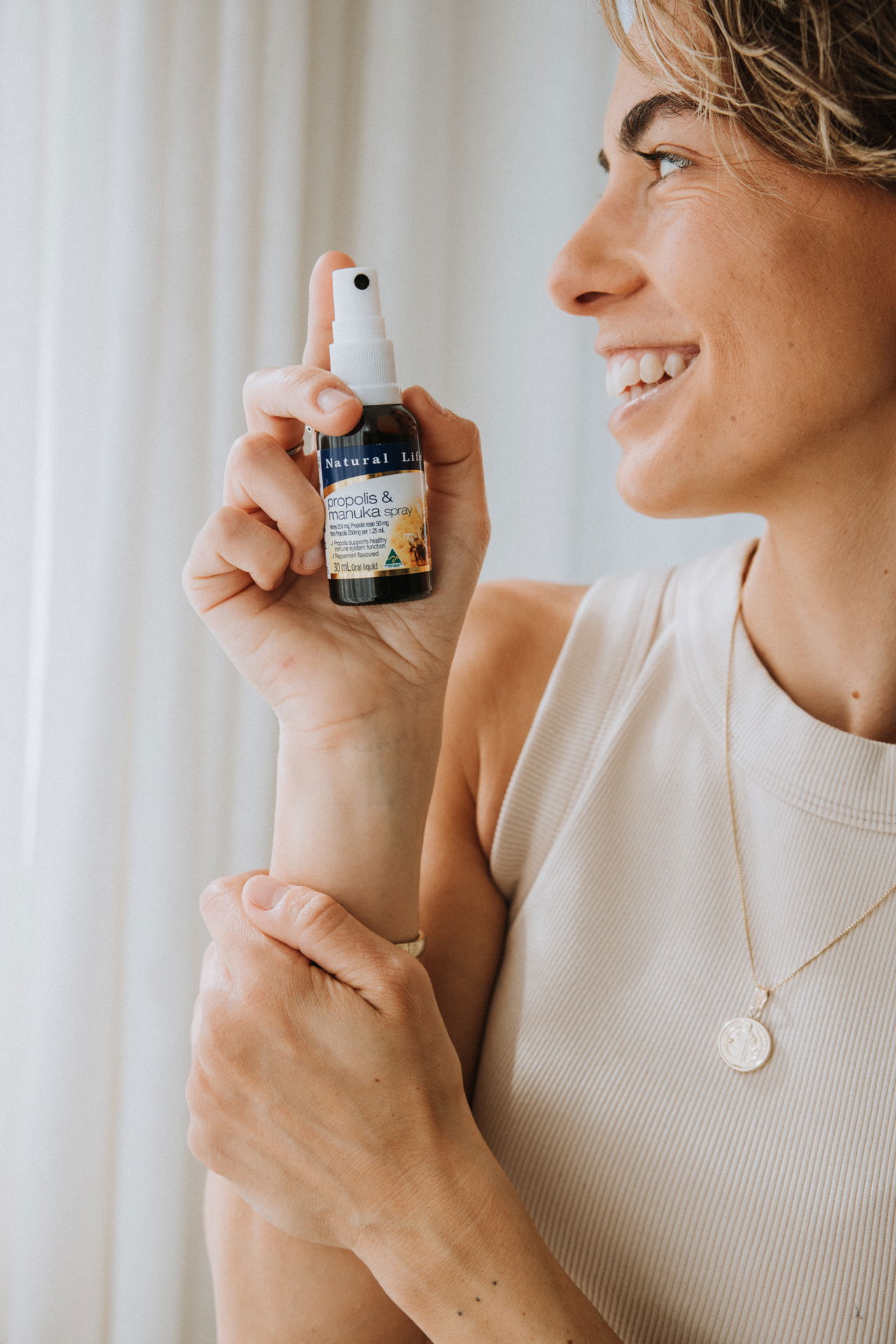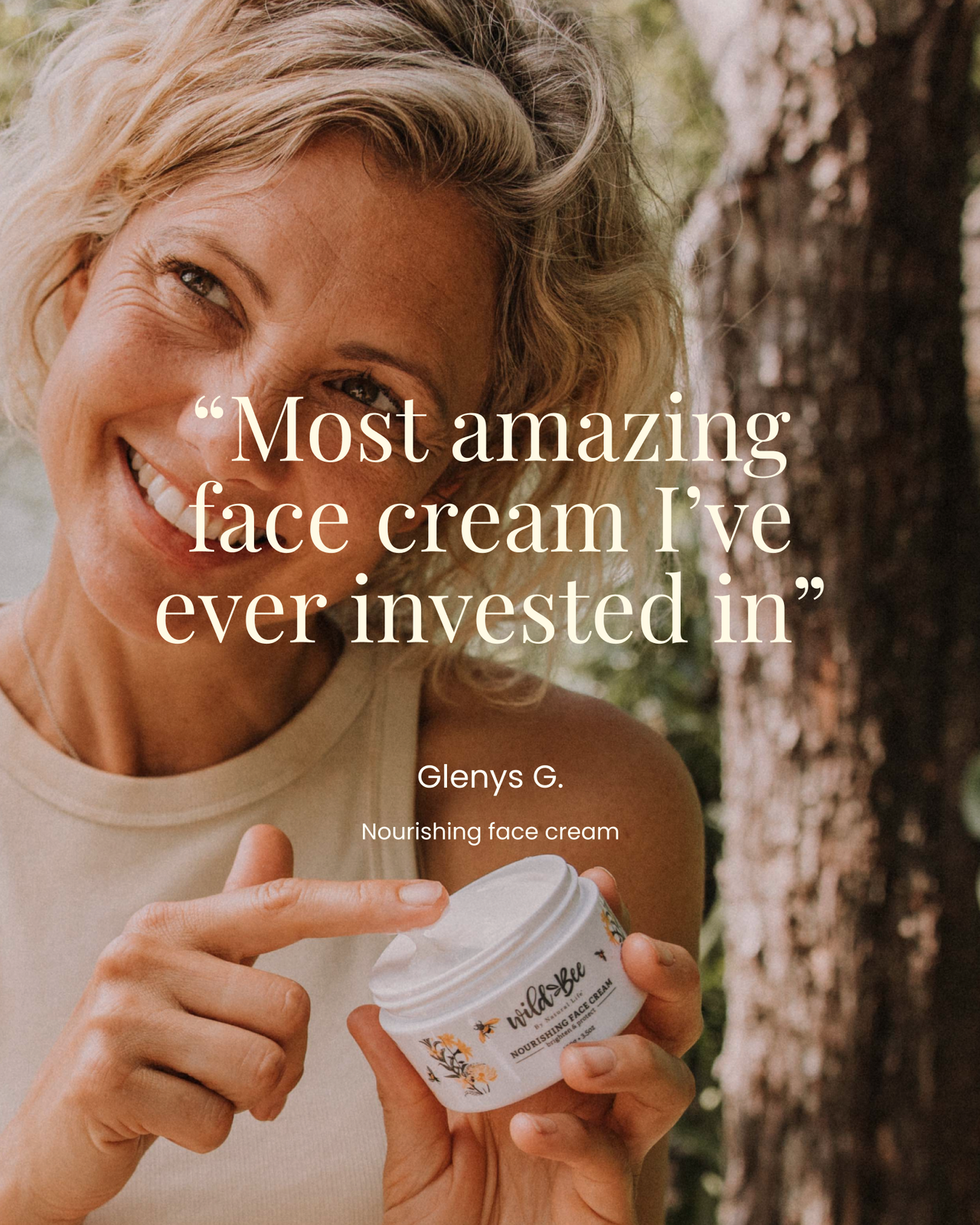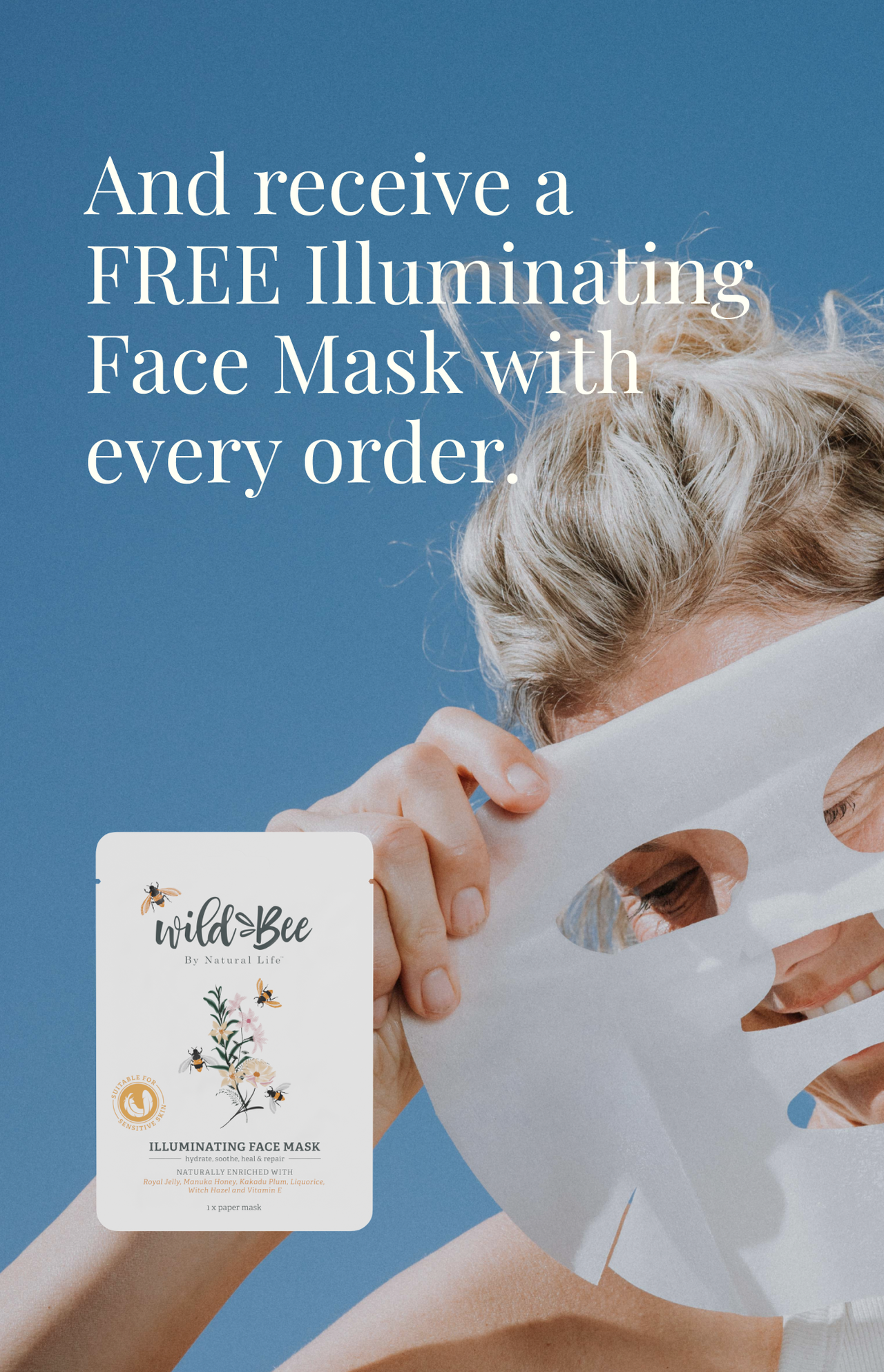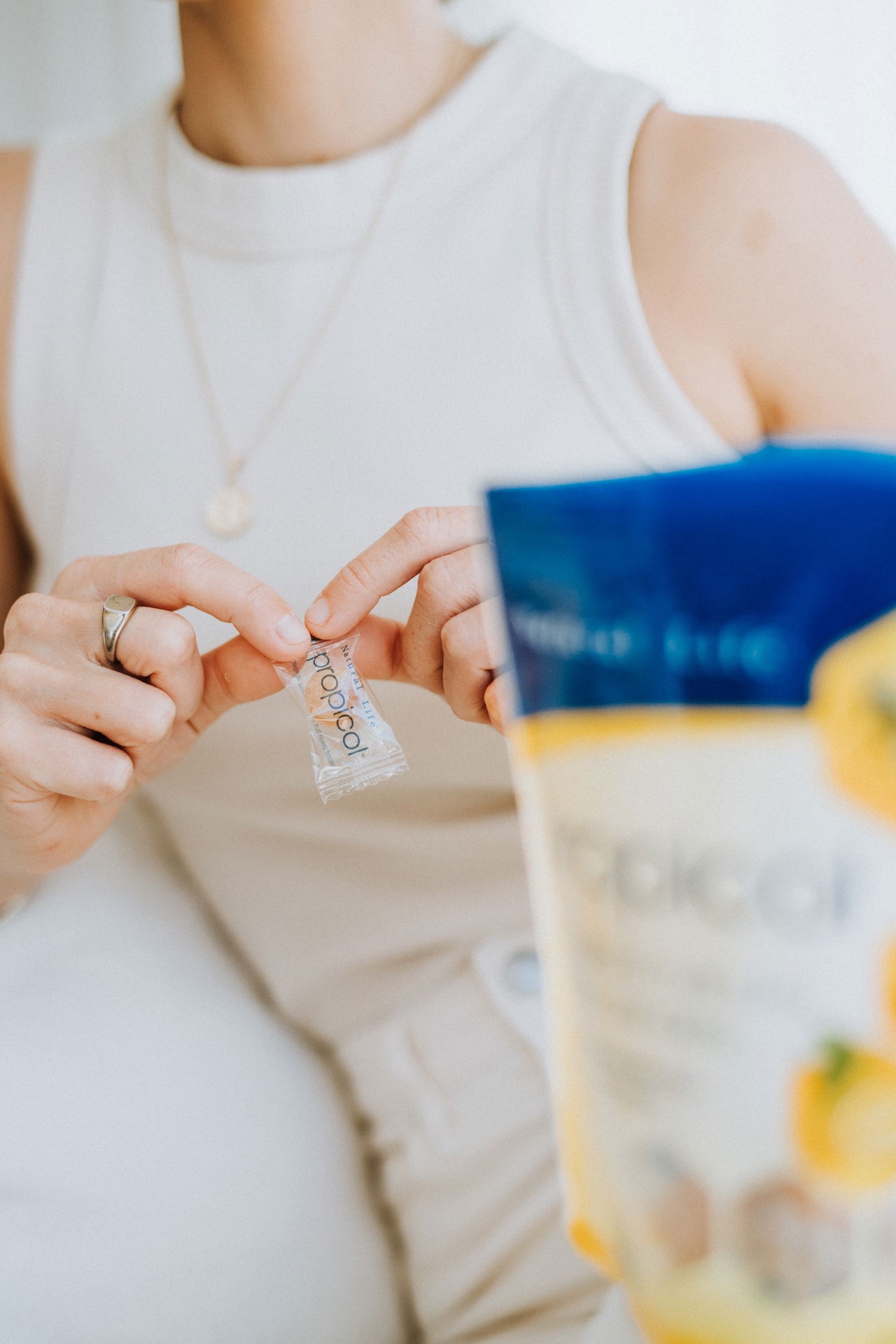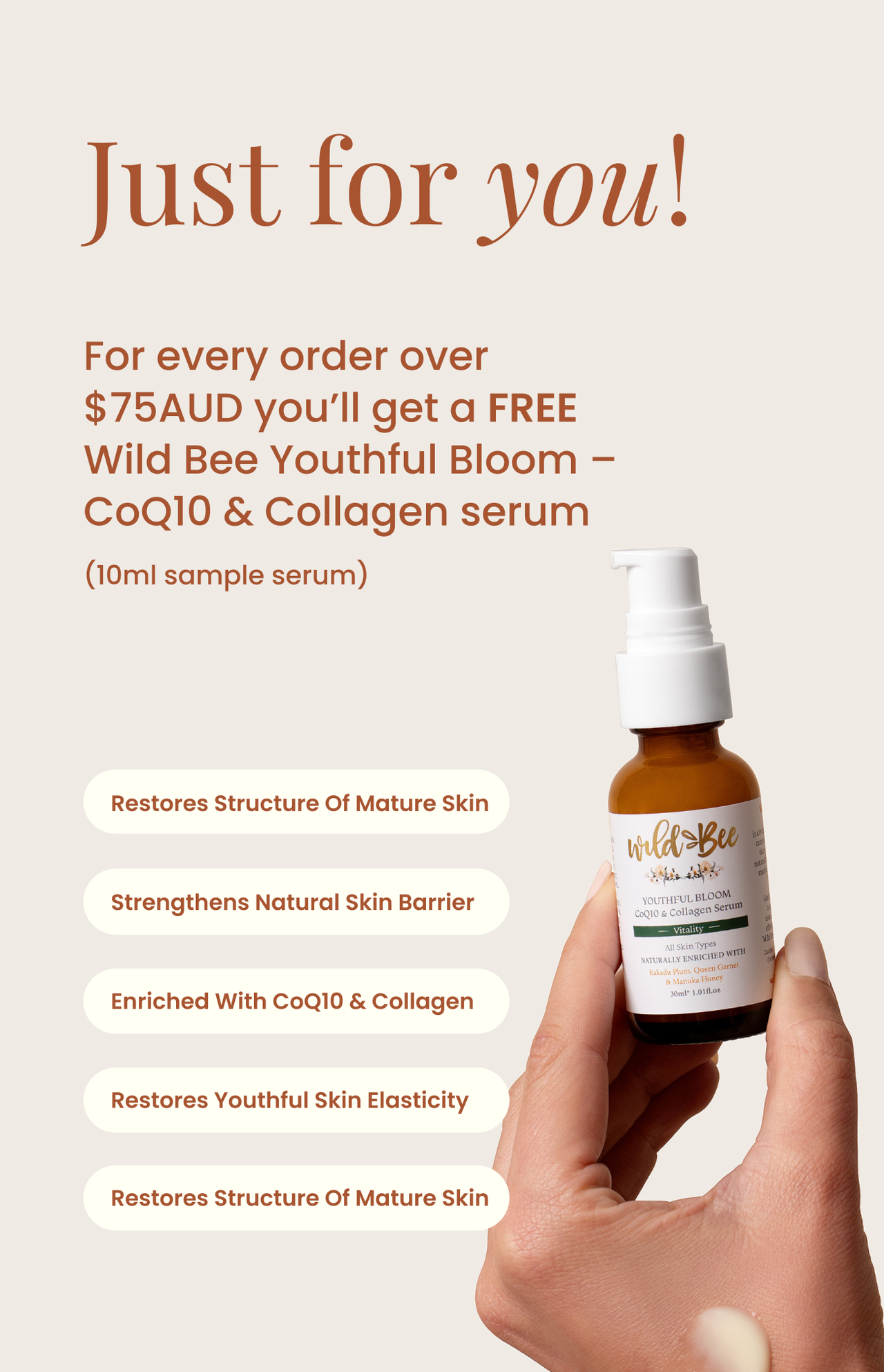Beat the sun: how to reduce the effects of sun damage
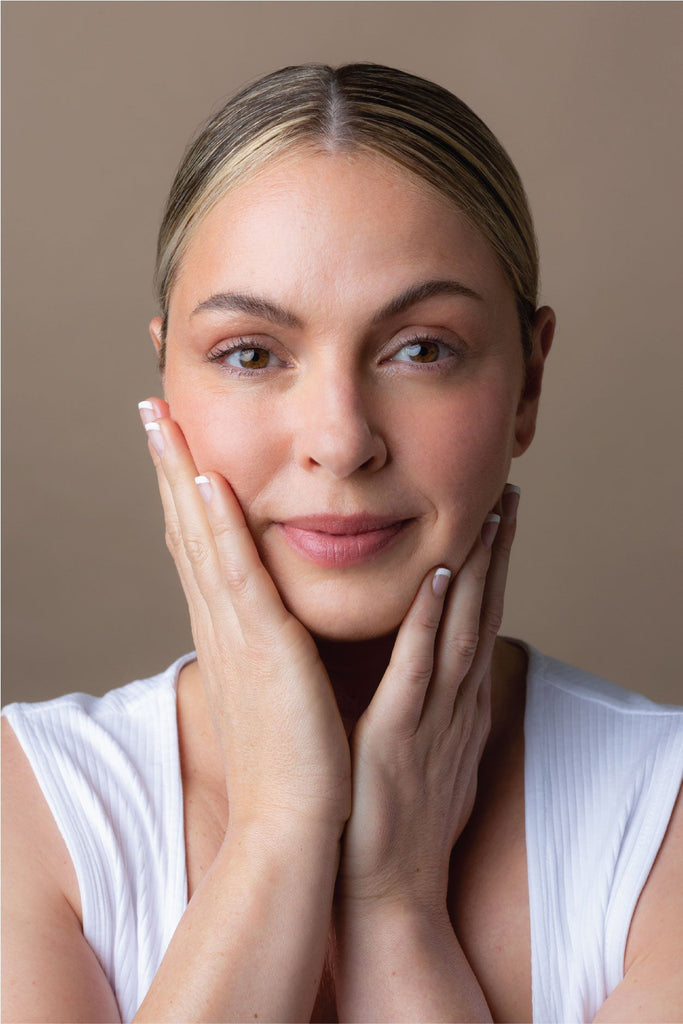
Sun damage is one of the most common causes of premature aging, and in Australia, it’s pretty hard to avoid!
Even if you’re not the outdoorsy type, daily exposure to the Australian sun can have a lasting impact on the appearance and health of your skin. You don’t need to be sun baking, and it doesn’t need to be sunny!
Every time we step outside we’re exposed to UV light which has the potential to damage your skin and amplifies the natural process of aging.
When we talk about premature aging from sun damage, it means light exposure has altered the skin’s structure, skin cell DNA and skin tissue function, in a way that causes it to look older, faster.
A good way to demonstrate this is to compare the skin on the back of your hands to the skin on a part of your body that’s covered by clothes most of the time.
Chances are, the skin on the back of your hands looks tougher, darker, thicker, drier and more wrinkled.
Older. Right?
It has aged faster. That’s the premature aging effect of sun damage: photo aging.
Unfortunately, your face, neck, shoulders and eyes - are always exposed to the sun’s light. Naturally, this is where we see the signs of photo aging most.
Here are 5 of the most common signs of sun damage
- Wrinkles and lines that deepen over time
- Looser, less elastic (saggy) skin
- Dark spots/ liver spots
- For darker skinned people, pigmentation and darkening
- For lighter skinned people, freckles, increased number of spots
Let’s not forget that aside from these aesthetic problems, sun damage remains one of the most common causes of melanoma.
We have to protect ourselves better.
The good news is, there are loads of things you can do to reduce your UV exposure and protect yourself from sun damage and photo aging.
Here are our top recommendations:
- Avoid sun exposure between 10am and 4pm, especially in Summer!
- Cover up with a hat, sunglasses and light clothing when you’re out.
- Avoid using sun beds.
- Use SPF30+ on areas you can’t easily cover – ie. – your face, neck and chest.
- Be conscious about UV exposure from indoor settings like driving or sitting near a window all day; UVA goes through glass!
Choose nutrients that heal and restore skin health. Eat them AND put them on your skin!
- Vitamin A and retinol rich substances work against skin pigmentation and discolouration. Vitamin A is proven to reduce fine lines and wrinkles from sun damage, and is essential for collagen production. Vitamin A also helps increase skin cell turnover, so can be useful for removing damaged skin cells. This makes vital for repairing and re-building healthier, firmer skin.
- Vitamin C is involved in healing damaged tissues, building skin and creating collagen. It’s a must for improving elasticity and firmness in sun damaged skin. At the same time, Vitamin C is a powerful antioxidant that actively fights free radicals formed by sun damage. This makes Vitamin C effective for healing and preventing photo aging.
- Manuka Honey supports skin healing and provides another level of antioxidant activity against free radicals in sun-damaged skin. Manuka Honey is an emollient too; it locks in moisture to smooth out the appearance of fine lines wrinkles, so it’s a great support to reduce signs of photo- aging.
Beating the sun is NOT just about preventing premature aging, it’s about protecting your health too. These tips have you covered for both!
*Check out Wild Bee Daily Revive – Bakuchoil % Hyaluronic Acid 30ml Serum which all contain and Kakadu Plum that give a direct hit of Vitamin A and C for extensive skin healing and regeneration. With Manuka Honey and other antioxidant botanicals it’s a super star against sun damage.
Wild Bee Daily Revive – Bakuchoil % Hyaluronic Acid 30ml Serum - https://wildbeeskincare.com.au/collections/2021-native-extract-serum-range/products/new-day
Follow us on Instagram @wildbeeskincare
https://www.skincancer.org/risk-factors/uv-radiation/
https://doi.org/10.1111/j.1346-8138.2001.tb00040.x
If you're looking to purchase more propolis products, we suggest to head on over to Natural Life Australia. You will be able to purchase our propolis liquid drops & propolis & manuka honey throat spray for extra skin love.



